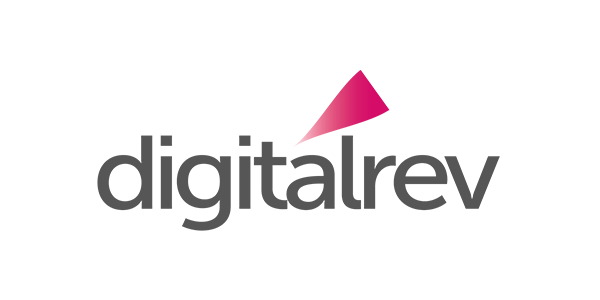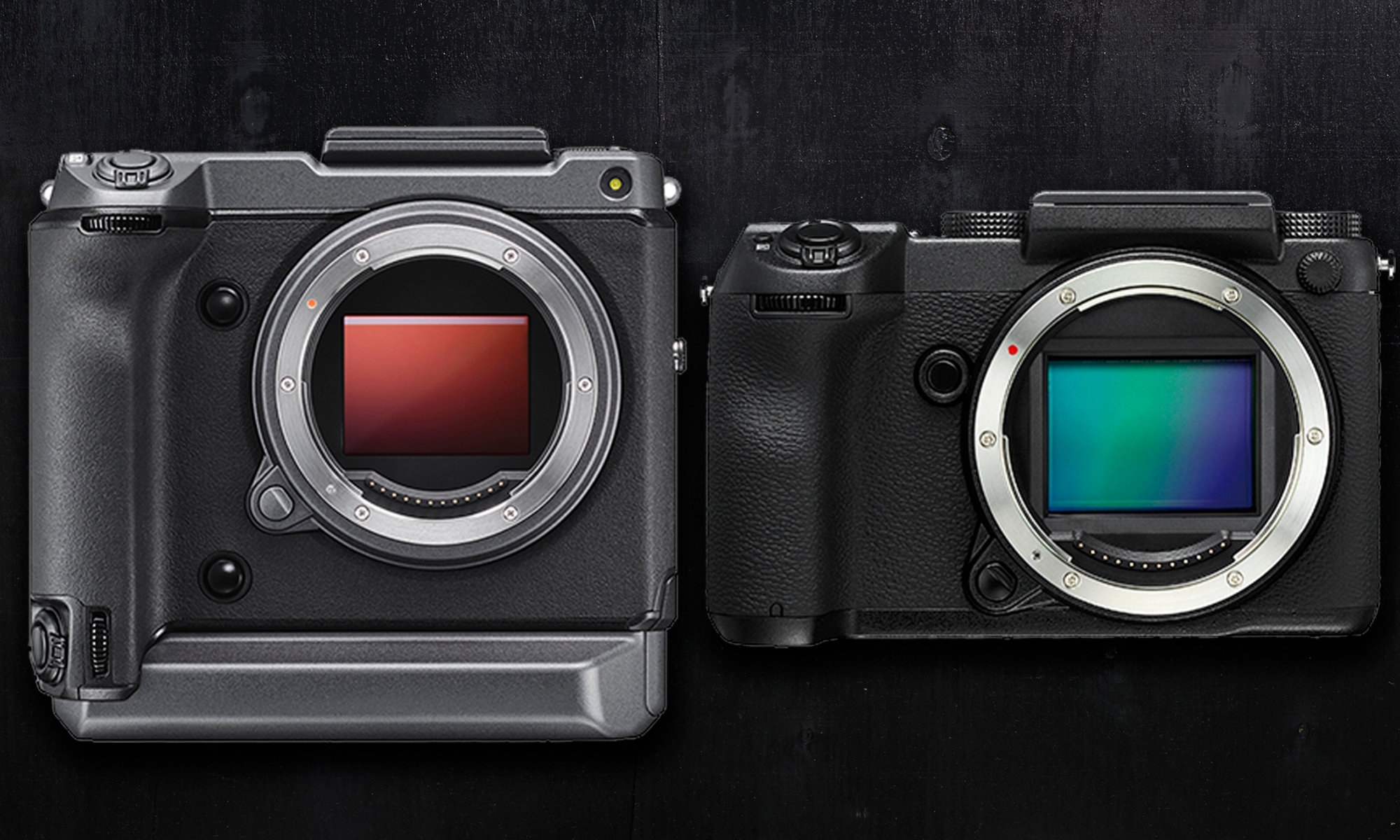Fuji’s digital journey reached another milestone recently when the brand released the GFX100 – the world’s first mirrorless camera to break that 100-megapixel resolution barrier. Along with its awesome range of APS-C sensor cameras, such as the X-T3, Fuji now offers a range of medium format cameras, including the GFX100 and the earlier GFX50S model. But what’s the difference between these cameras? Well, we’ve highlighted nine key differences that you should know about…
One – Resolution: As you may have guessed from the clue in the camera names, although both have medium format sensors, there is a big difference in resolution between the two models. While the GFX50S sports an impressive 51-megapixels from its CMOS sensor, the GFX100 actually serves up a whopping 102-megapixels. This insane amount of powerful resolution will be of great appeal to professional photographers – particularly portrait and commercial shooters who will want to make huge prints of their images. In fact, while the GFX50S offers a huge max image size of 8256 x 6192 pixels, the GFX100 boosts this to 11648×7768 pixels.
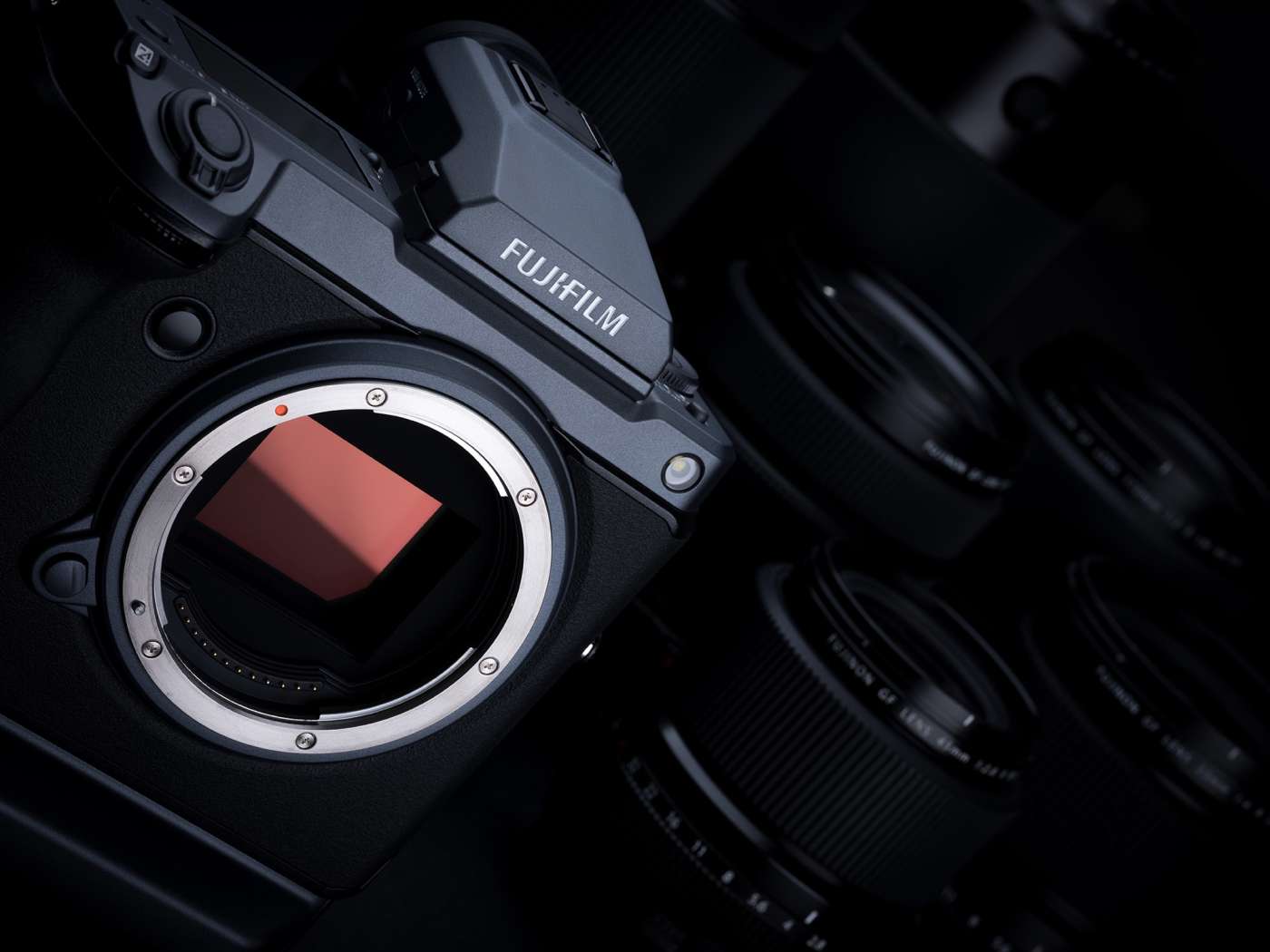
Two – IBIS: The GFX100 is the first Fuji medium format camera to offer IBIS (In Body Image Stabilisation) – in fact, it’s the first ever medium format camera to offer this technology, which is a massive win for Fuji’s R&D department. The IBIS set-up on the GFX100 uses a 5-axis system, which uses sensor shift to correct pitch and yaw movements and also shift (horizontal) and roll (rotational) movement too. When the IBIS system is in use, it offers photographers up to 5.5-stops of compensation, whereas the GFX50S features no IBIS.

Three – Focus points: The GFX50S offers a decent amount of focus points, 117 to be exact, but this figure if dwarfed by the GFX100’s incredible system that uses 3.76 million phase detection pixels situated across the entire back-illuminated medium format sensor. Both the GFX50S and the GFX100 feature Face Detection and Eye Detection, which will make a portrait photographer’s life so much easier.
Four – Battery life/Grip: As you can see from the images, there is a noticeable difference in the form factors of these two cameras and this is because the GFX100 features an integrated grip, transforming the shape into something more similar to a Canon 1DX MkII or Nikon D5 camera. By being able to hold two batteries, this extends the shooting capacity of the camera to 800 shots, compared to the single battery GFX50S, which can managed 400 shots on a single charge.
Five – Weight: As we’ve mentioned, the addition of the integrated grip has a knock-on effect on both the size and weight of the GFX100. While the GFX50S measures 148 x 94 x 91mm and tips the scales at 740g, the GFX100 is larger at 156 x 144 x 75mm and considerably heavier at 1320g. However, both cameras offer weather sealing, making them suitable for shooting out in the field even if the weather takes a turn for the worse.
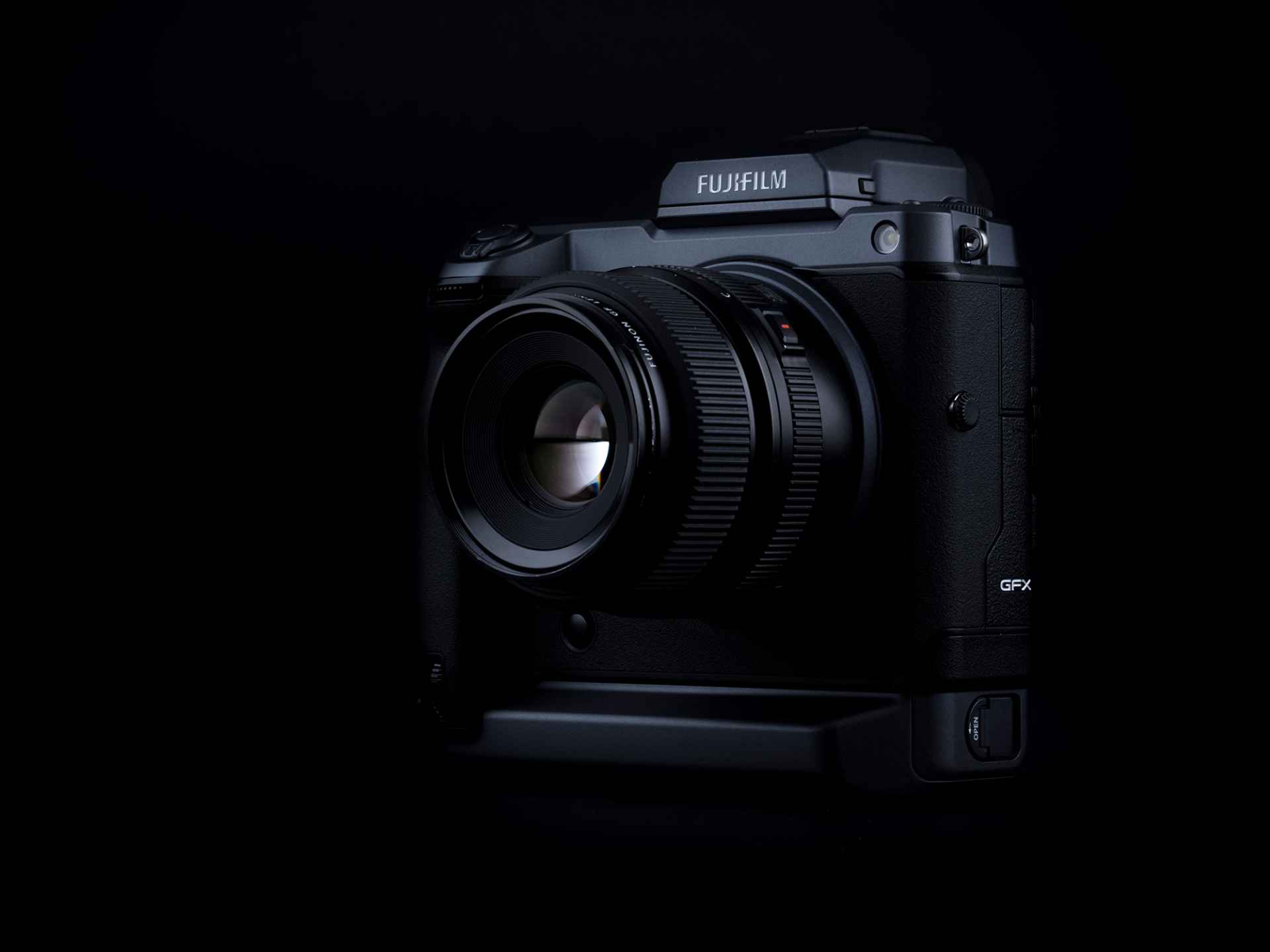
Six – Burst rate: While the majority of photographers who even contemplate buying a medium format camera like the GFX50S or GFX100 won’t be that concerned about burst modes – this is not a wildlife or sports camera after all – it is worth noting that despite offering doubles the resolution, the GFX100 has a faster burst rate than the GFX50S. While the GFX50S can muster 3 frames per second (FPS), the GFX100 increases this figure to 5 frames per second (FPS).
Seven – Video: Many may think a camera as high resolution as the GFX100 may be lacking in video functions, but the truth is quite the opposite. While the GFX50S can offer Full HD up to 30p, the GFX100 goes further, offering 4K video at 30p, complete with Fuji’s F-Log profile, too. Both cameras offer ports for headphones and an external microphone so enhanced audio can be captured and monitored, further extending the movie credentials of both cameras to videographers.
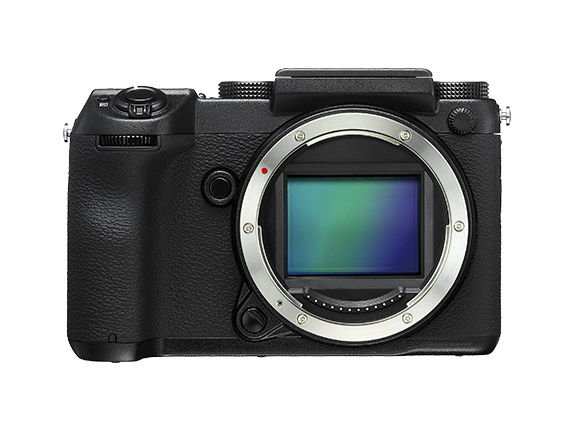
Eight – Connectivity: Given the huge resolutions of both cameras, the majority of photographers using them are likely to shoot tethered (if they are in a studio environment) or, if you are out and about, wait until you download images to the computer to review, edit and share photos. However, it is worth noting that while both cameras offer Wi-Fi, only the newer GFX100 sports Bluetooth technology.
| Fujifilm GFX100 | Fujifilm GFX50S | |
|---|---|---|
| Price | $ 11,600.00 | $ 5,829.00 |
| Resolution | 102-megapixels | 51-megapixels |
| Sensor | Medium format | Medium format |
| IBIS | ||
| Focus points | 3.76 million pixels | 117 |
| Video | 4K at 30p | Full HD at 30p |
| Weight | 1320g | 740g |
Nine – Prices: As you’d expect, there is a significant price difference between the brand new GFX100 and the older GFX50S, which was launched back in 2017. In fact, from the price given on the official press release (£9999), the GFX100 works out at nearly twice as much as the GFX 50S can be found for. That said, you are getting double the resolution, IBIS, far more focus points and significantly newer technology across the board.
